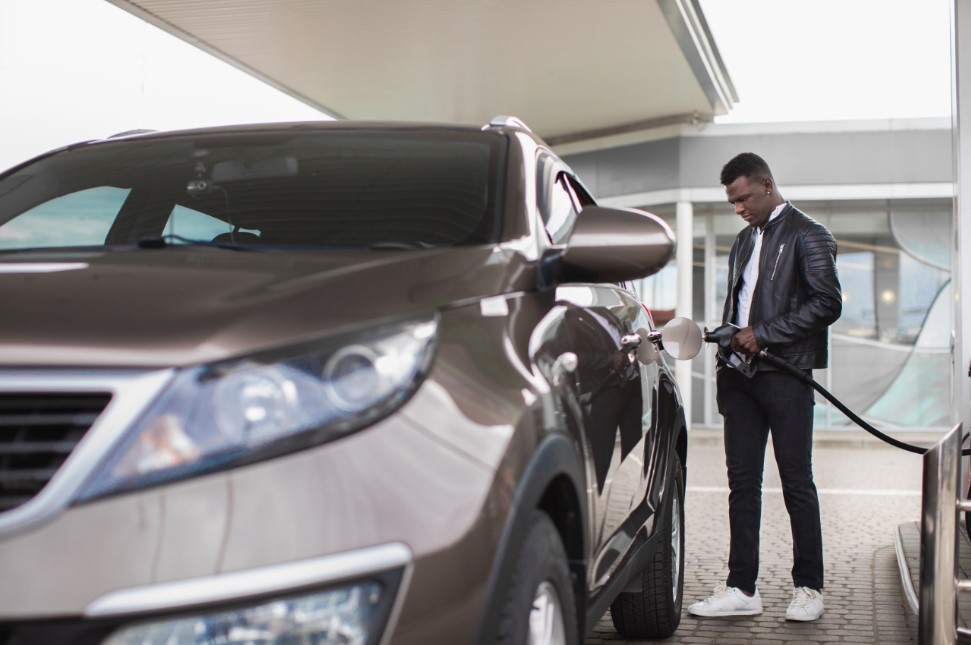
Steering Alignment Check & Repairs
Wheel Alignment Basics
It’s common to delay alignment maintenance for your car or truck, especially considering the fact that most new vehicles don’t need alignment service as often as the ones your dad drove did. However, skipping regular checks can be pricey in terms of tires that wear out early and undue stress to the drive shaft and steering rack. In addition, it’s unsafe.
High Heels and Wheels
Think about taking a long walk with uneven heels on your shoes. Then, think about your car’s wheels and tires as a pair of stilettos. Just like the stiletto points of a pair of heels, the tire is all that touches the ground. Even a tiny difference would matter a lot.
Most likely, you would automatically walk with a noticeable limp and would have to be more careful. When your vehicle is not aligned properly, you have to pay more attention to steering, even when going straight. Handling problems are also common when cars are misaligned.
Next, think about the issues that would come in relation to walking mismatched heels over several months. Your joints and tendons might have to work in an unbalanced way to make up for the difference, and this could affect your spine and ability to balance. If a vehicle is not aligned correctly, some joints and mechanisms would work too hard while others aren’t used as designed, and you’ll need many repairs.
You know alignment checks and adjustments are an important part of regular service, but that’s not the only time you should have this done. Here’s what to watch for:
Signs Your Vehicle is Out Of Alignment
- Your tires are unevenly worn
- Your steering wheel pulls to the right or left when you drive straight
- Your vehicle starts vibrating at high speeds
- You have lost handling
- You have been in a wreck
- You have hit many pot holes
- You have run into curbs and concrete parking slabs
- You have been late on replacing tires
- Your treads show a cupped wear pattern
It’s also good to know what we do during an alignment. Here is some basic information about what the technology and our technicians will consider.
- Toe: In an alignment, the toe is the inward or outward slant of your tires and wheels, from the top. An inward angle would be like pigeon toes and an outward turn would be duck feet.
- Camber: This means whether your tires and wheels are vertically aligned, perpendicular to the ground. Think of it as the angle of your legs with your feet either far apart or close together.
- Caster: This one is tricky, and it has to do with the fact that car wheels aren’t connected directly to the axles, but instead there are things like ball joints, steering knuckles and tie rod ends connecting them. If you drew a line starting where the tire touches the ground and up through the center spindle, this is the difference in degrees between that line and a line drawn from the ground to the steering axis.
- Thrust angle: This measures the front and back axles. They should generally be parallel and aligned at a 90-degree angle from the axle’s centerline.
Whether you need a simple alignment adjustment, front-end alignment, a four-wheel alignment or just a thrust angle repair, contact us. You might be surprised at the relatively small expense compared to the long-term expense of skipping this vital maintenance task. Our trusted ASE-certified mechanics can answer all your questions.

[1].jpg)
Sunwash-Tech-with-Customer.jpg)




